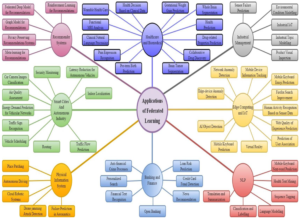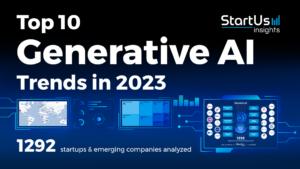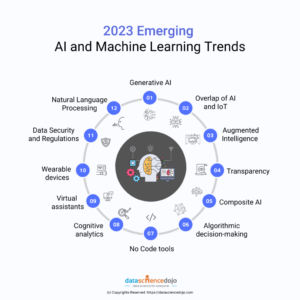Artificial intelligence (AI) and machine learning (ML) are rapidly evolving, and new trends are emerging all the time. In this article, we will explore 10 of the top AI and ML trends for 2023.
1. Explainable AI (XAI)

As AI systems become more sophisticated, it is becoming increasingly important to understand how they arrive at their decisions. This is where Explainable AI (XAI) comes in. XAI is a field of study that seeks to make Artificial Intelligence algorithms transparent and Machine Learning, so that users can understand the reasoning behind AI-driven decisions.
There are a number of different XAI techniques, but one of the most promising is called “counterfactual explanation.” Counterfactual explanations show users what would have happened if a different decision had been made. This can be helpful for understanding why an AI system made a particular decision, and for identifying potential biases in the system.
2. Federated Learning

Federated learning is a new approach to Artificial Intelligence & Machine Learning that allows AI models to be trained on data that remains on users’ devices. This is in contrast to traditional machine learning, where data is typically centralized in a data center.
Federated learning has a number of advantages. First, it protects user privacy, since data never leaves users’ devices. Second, it can be used to train AI models on data that is too large or sensitive to be centralized.
3. Generative AI

Generative AI is a field of AI that focuses on creating new content. This can include generating text, images, audio, and even code.
Generative AI is already being used in a number of different applications, such as chatbots, image editing, and music generation. As the technology continues to develop, we can expect to see even more applications for generative AI in the future.
4. Reinforcement Learning

Reinforcement learning is a type of machine learning that allows AI agents to learn from their own experiences. This is in contrast to supervised learning, where AI agents are trained on a dataset of labeled data.
Reinforcement learning is particularly well-suited for tasks that involve trial and error, such as playing games or learning to control a robot. As the technology continues to develop, we can expect to see reinforcement learning used in a wider range of applications.
5. Multi-modal Learning

Multi-modal learning is a type of Artificial Intelligence & Machine Learning that allows AI models to learn from multiple sources of data. This can include text, images, audio, and even sensor data.
Multi-modal learning is becoming increasingly important as AI systems are being used to solve more complex problems. For example, an AI system that is used to diagnose diseases would need to be able to learn from both medical images and patient history.
6. Natural Language Processing (NLP)

Natural language processing (NLP) is a field of AI that focuses on enabling computers to understand and process human language. NLP is used in a wide range of applications, such as chatbots, machine translation, and text analysis.
As NLP technology continues to develop, we can expect to see even more natural language-based applications. For example, we may see AI-powered personal assistants that can understand our natural language requests and provide us with information or complete tasks on our behalf.
7. Computer Vision

Computer vision is a field of Artificial Intelligence & Machine Learning that focuses on enabling computers to see and understand the world around them. These Computer vision is used in a wide range of applications, such as self-driving cars, facial recognition, and image analysis.
As computer vision technology continues to develop, we can expect to see even more computer vision-based applications. For example, we may see AI-powered security cameras that can identify and track suspicious activity.
8. Quantum Computing

Quantum computing is a new type of computing that is based on the principles of quantum mechanics. These computers are able to solve problems that are intractable for traditional computers.
computing is still in its early stages, but it has the potential to revolutionize AI. For example, quantum computers could be used to train AI models that are much more powerful than current models.
9. Edge AI

Edge AI is a new approach to AI that involves running AI algorithms on the edge devices, such as smartphones, IoT devices, and sensors. This is in contrast to traditional AI, where AI algorithms are typically run in the cloud.
Edge AI has a number of advantages. First, it can improve latency, since data does not have to be sent to the cloud
For more interesting blogs Visit here

